Asthma and Exercise
Most people with Asthma can exercise and become fit. But the type, and intensity of exercise Asthmatics can do varies greatly from person to person. Here’s a video that outlines the rules of thumb.
Lost your password? Please enter your email address. You will receive a link to create a new password.
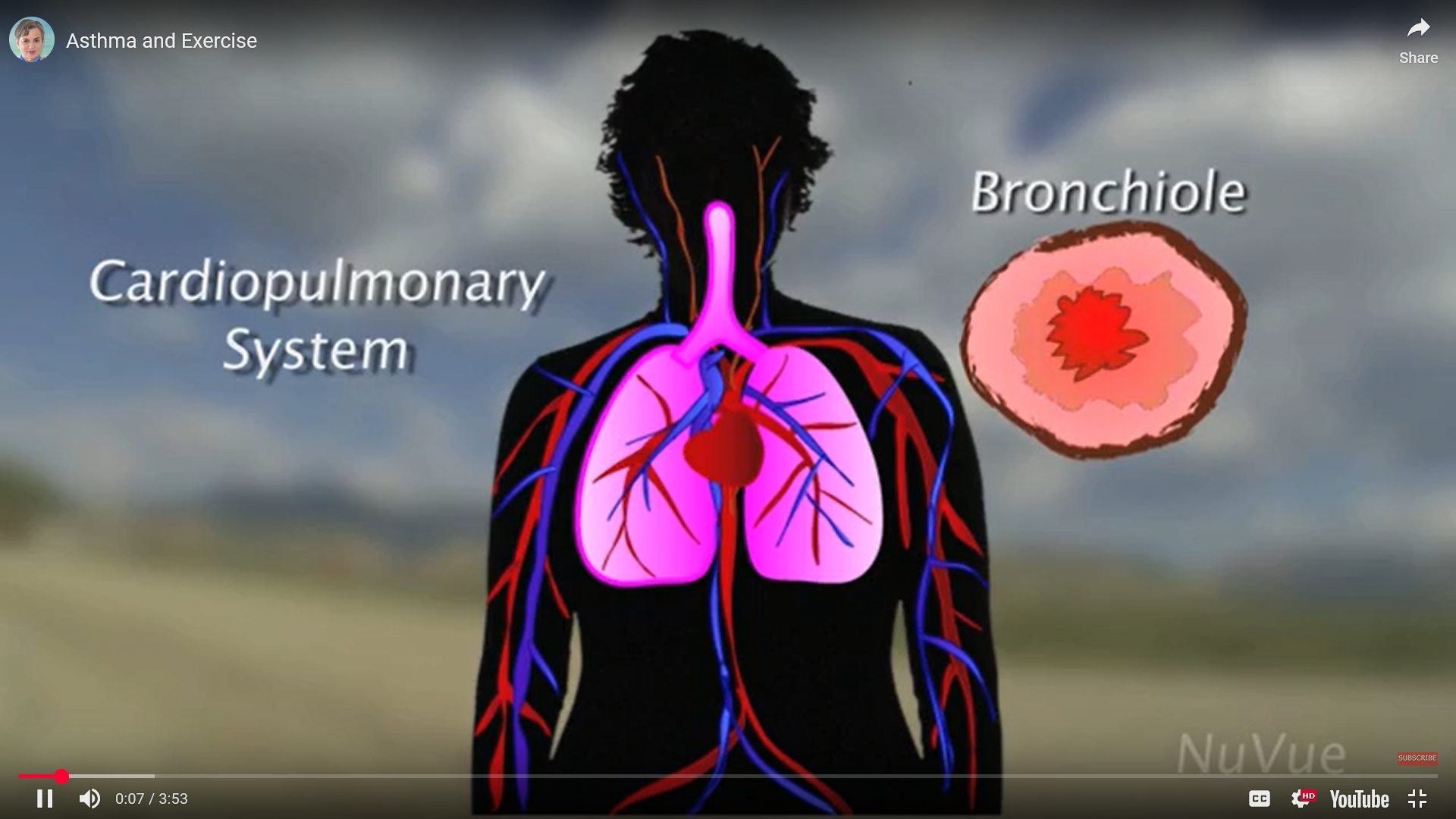
Most people with Asthma can exercise and become fit. But the type, and intensity of exercise Asthmatics can do varies greatly from person to person. Here’s a video that outlines the rules of thumb.
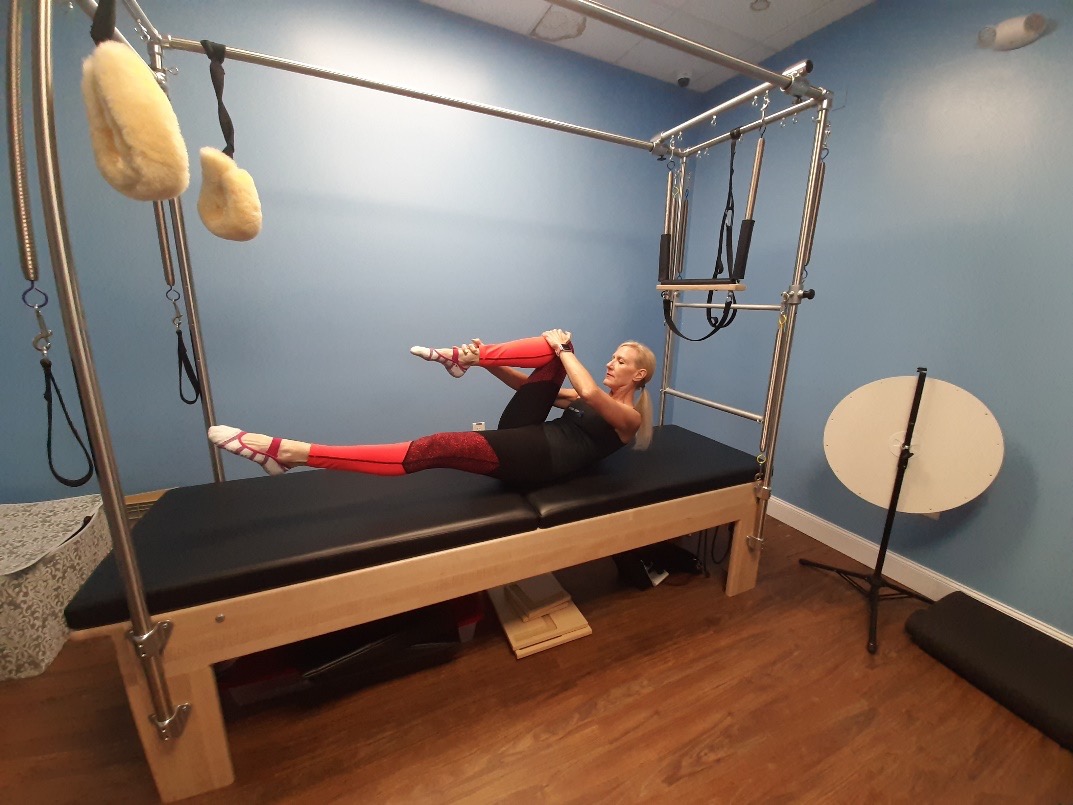
Pilates is a total body exercise method that is highly effective for strengthening and lengthening the entire body. While Pilates is mostly known to improve core strength (the “Powerhouse”), posture, and range of motion, this exercise method can be used to improve respiratory function in those suffering from respiratory diseases. Respiratory diseases include asthma, COPD, chronic bronchitis, emphysema, lung cancer, cystic fibrosis, pneumonia, and now COVID-19. These diseases affect the way one breathes and lowers oxygen saturation that the body needs to function properly. One of the main principles in Pilates is breathing, thus the need to take a closer look at the effects of Pilates on respiratory function.
Joseph Pilates, the creator of Contrology, stated in his book Return to Life Through Contrology: “Lazy breathing converts the lungs, literally and figuratively speaking, into a cemetery for the deposition of diseased, dying and dead germs as well as supplying an ideal haven for the multiplication of other harmful germs.”1
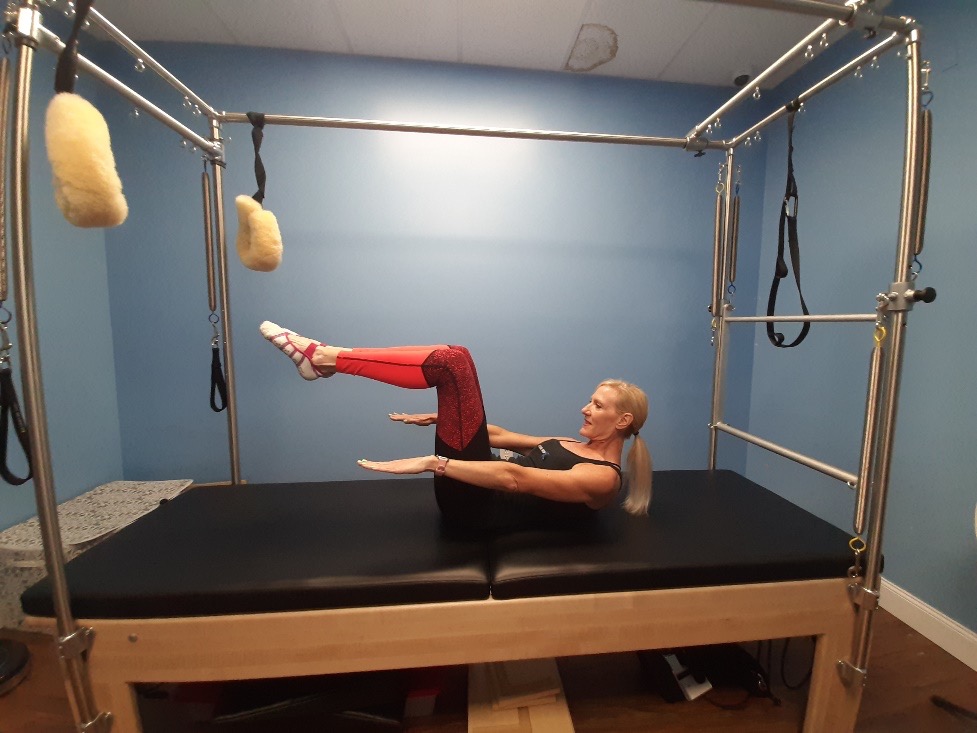

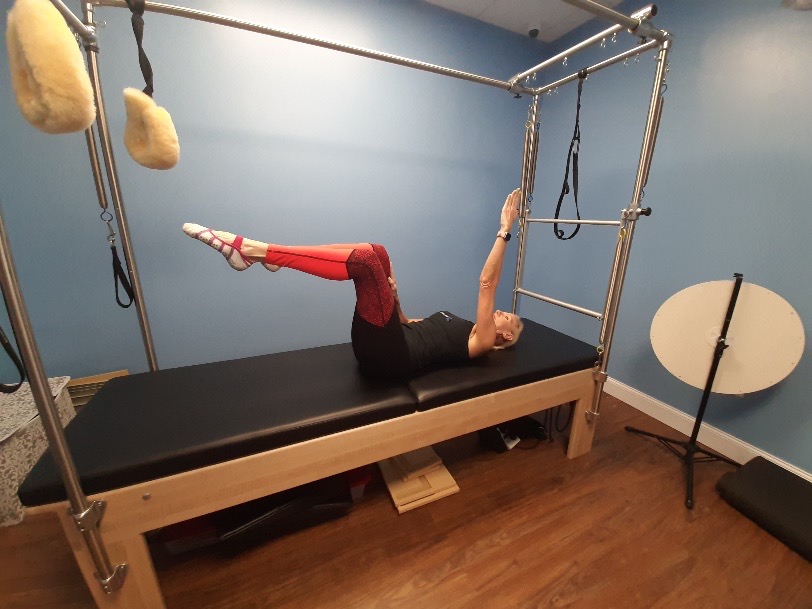
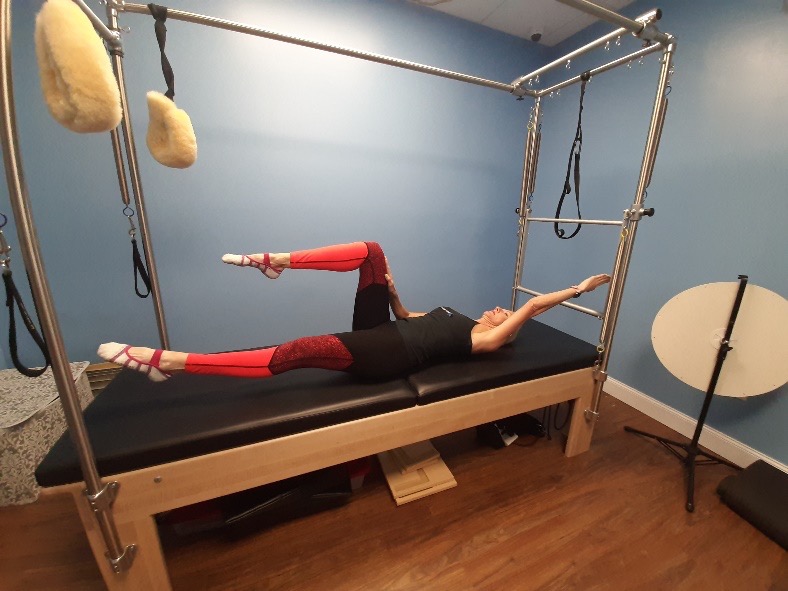
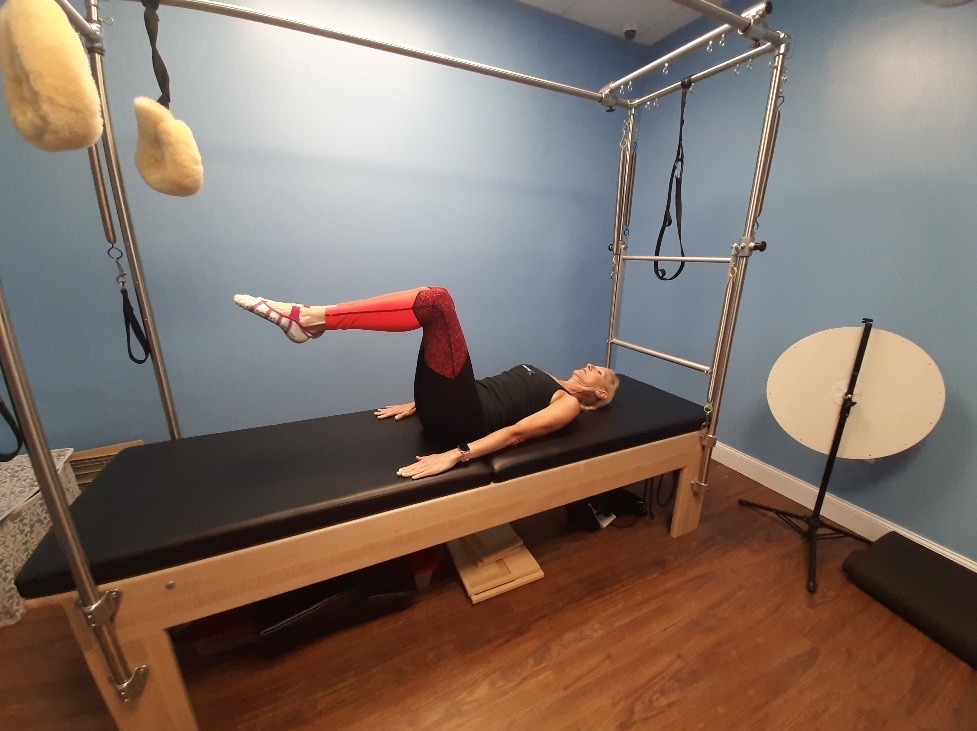
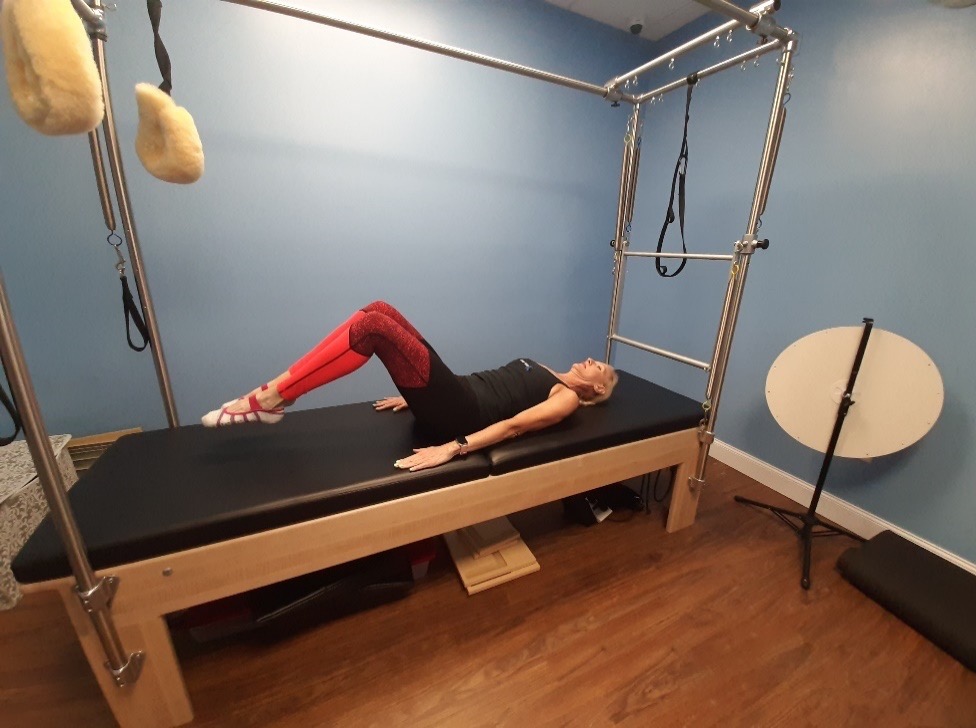
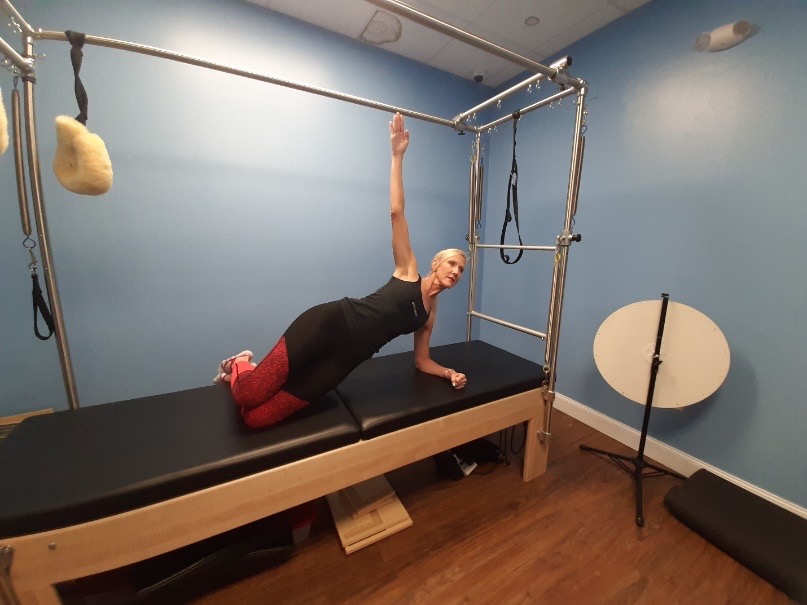
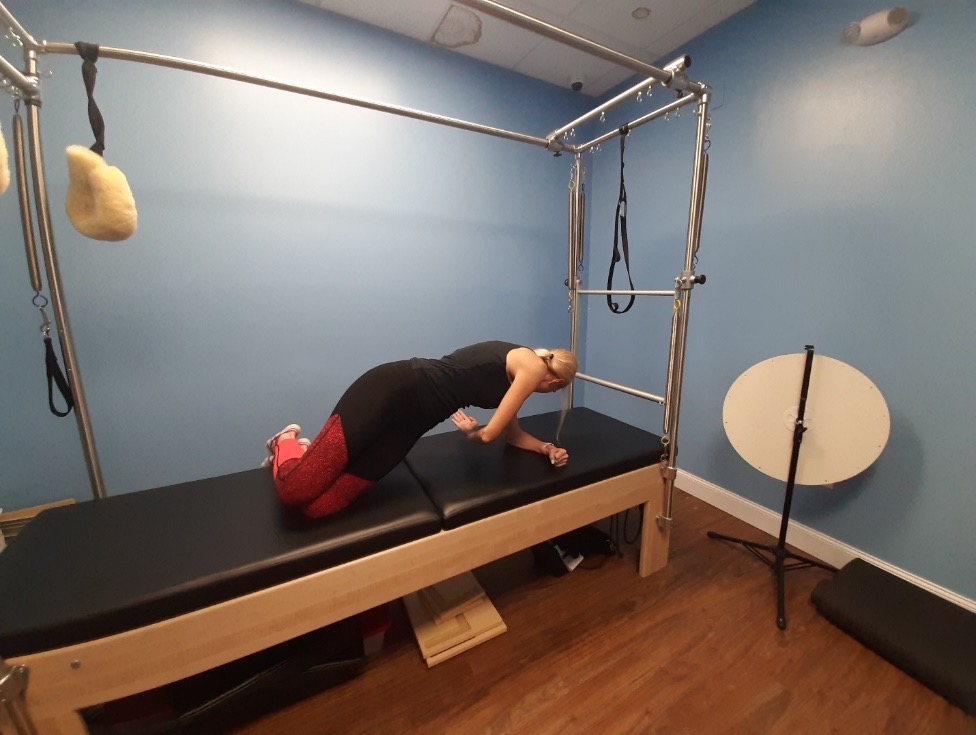
The literature is scarce and sometimes conflicting about the benefits of Pilates breathing related to the respiratory system. However, there are some existing studies that look at the increase in lung volumes, respiratory motion, SpO2, and the reduction in respiratory rate using Pilates breathing exercises. More research needs to be conducted. Refer to suggested reading at bottom of article.
Fitness Professionals & Personal Trainers: Become a Respiratory Disease Fitness Specialist!
Some of your clients may suffer from a respiratory disease and you may be an important source of relief. The Respiratory Disease Fitness Specialist online course will equip you with the knowledge to safely and effectively work with these clients to help improve their quality of life.
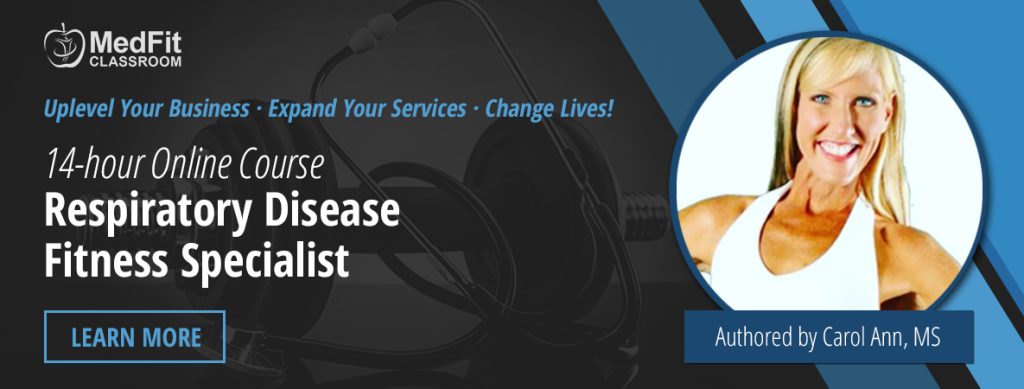
CarolAnn, M.S. Exercise Science and Health Promotion, is a 30+ year veteran in the fitness industry educating other health/fitness professionals to increase their expertise and brand influence. She is on the MedFit Education Advisory Board and the head health/fitness educator for FiTOUR. She is currently the Head Instructor at Club Pilates in Athens, GA.
Suggested Reading
References
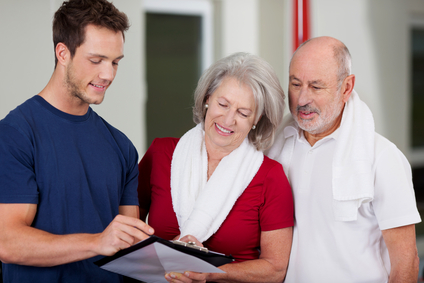
According to the World Health Organization (WHO), hundreds of millions of people suffer every day from chronic respiratory diseases (CRD). Currently in the United States, 24.6 million people have asthma1, 15.7 million people have chronic obstructive pulmonary disease (COPD)2 while greater than 50 million people have allergic rhinitis3 and other often-underdiagnosed chronic respiratory diseases. Respiratory diseases do not discriminate and affect people of every race, sex, and age. While most chronic respiratory diseases are manageable and some even preventable, this is what is known about the nature of chronic respiratory diseases4:
If you are a health and fitness professional, some of your clients may be suffering from a chronic respiratory disease and you may be an important source for relief. Moderate exercise is known to improve use of oxygen, energy levels, anxiety, stress and depression, sleep, self-esteem, cardiovascular fitness, muscle strength, and shortness of breath. While it might seem odd that exercise improves breathing when one is short of breath, exercising really does help one with respiratory disease. Exercise helps the blood circulate and helps the heart send oxygen to the rest of the body. Exercise also strengthens the respiratory muscles which can make it easier to breathe.
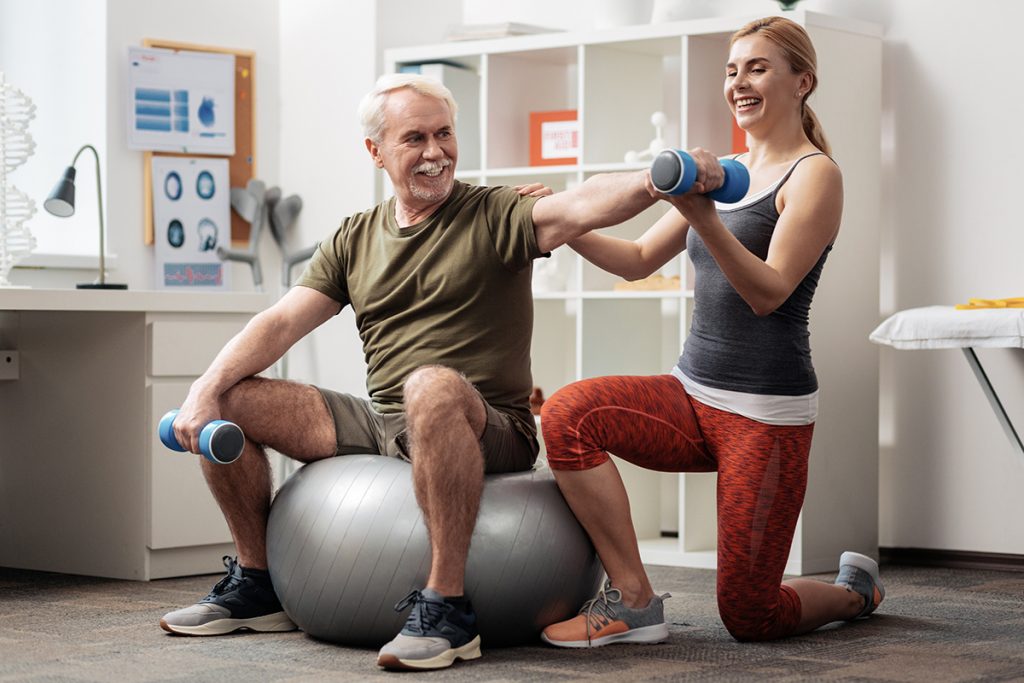
There are several challenges to exercise prescription and physical activity participation in this population, but a large body of evidence demonstrates important health benefits from aerobic exercise. Resistance training has also been shown to increase muscle mass and strength, enhancing individuals’ ability to perform tasks of daily living and improving health-related quality of life.5
Aerobic exercise is good for the heart and lungs and allows one to use oxygen more efficiently. Walking, biking, and swimming are great examples of aerobic exercise. The guidelines are approximately the same as generally healthy individuals. One should attempt to train the cardiorespiratory system 3-5 days a week for 30 minutes per session. One should exercise at an intensity level of 3-4 on the Rating of Perceived Exertion Scale (Scale Rating from 0 Nothing at All-10 Very, Very, Heavy).
Resistance exercise increases muscular strength including the respiratory muscles that assist in breathing. Resistance training usually involves weights or resistance bands but using one’s own body weight works just as well depending on the severity of the symptoms. It is recommended that one should perform high repetitions with low weight to fatigue the muscles. This type of resistance training also improves muscular endurance important for those with CRD. Resistance training should be performed 2-3 days a week working all major muscle groups.
Stretching exercises relax and improve one’s flexibility. When stretching, one should practice slow and controlled breathing. Not only does proper breathing help to deepen the stretch, but it also helps one to increase lung capacity. One should gently stretch all major muscles to the point of mild discomfort while holding the stretch for 15 to 30 seconds, slowly breathing in and out. Repeat each stretch 2-3 times. Stretching is an effective method to warming up and cooling down before and after workout sessions.
When exercising, it is important to remember to inhale in preparation of the movement and exhale on the exertion phase of the movement. An individual should take slow deep breaths and pace him/herself. It is recommended to purse the lips while exhaling.
If an individual uses medication for the treatment of respiratory disease, he/she should continue to take the medication based on his/her doctor’s advice. His/her doctor may adjust the dosage according to the physical activity demands. For example, the doctor may adjust the flow rate of oxygen during exercise if one is using an oxygen tank. In addition, one should have his/her inhaler on hand in case of a need due to the increase of oxygen demand during exercise.
Fitness professionals can effectively work with those who have a chronic respiratory disease providing them with a better quality of life through movement. You as their health and fitness coach can provide a positive experience to facilitate an effective path to better health and wellness.
Fitness Professionals & Personal Trainers: Become a Respiratory Disease Fitness Specialist!
Some of your clients may suffer from a respiratory disease and you may be an important source of relief. The Respiratory Disease Fitness Specialist online course will equip you with the knowledge to safely and effectively work with these clients to help improve their quality of life.
Known as the trainers’ trainer, CarolAnn has become one of the country’s leading fitness educators, authors, and national presenters. Combining a Master’s degree in Exercise Science/Health Promotion with several fitness certifications/memberships such as FiTOUR, ACSM, ACE, AFAA, and LMI, she has been actively involved in the fitness industry for over 25 years. She is currently the Founder and Director of Education for Chiseled Faith, a Faith Based Health and Fitness Program for churches. Visit her website, www.CarolAnn.Fitness
References
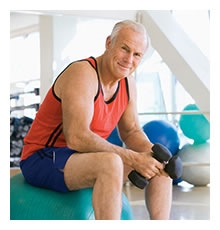
The Men’s Health Network states that men die at higher rates than women from the top 10 causes of death: heart disease, cancer, stroke, chronic obstructive pulmonary disease, accidents, pneumonia and influenza, diabetes, suicide, kidney disease…